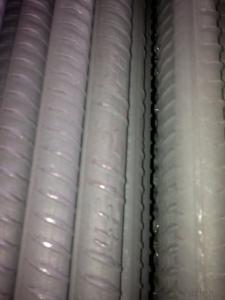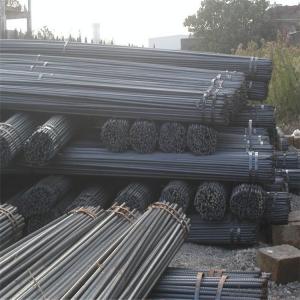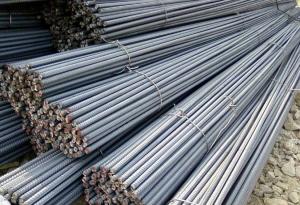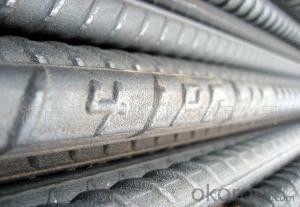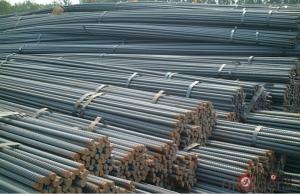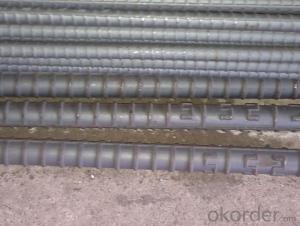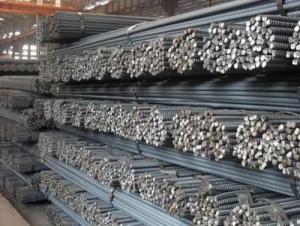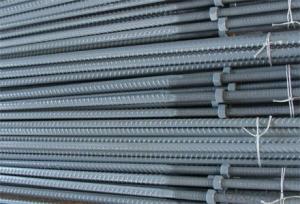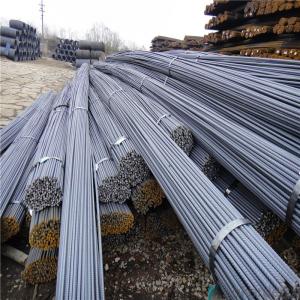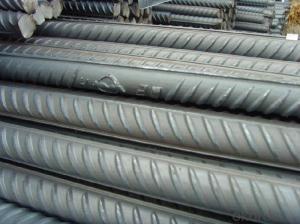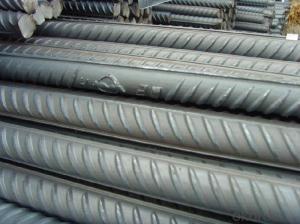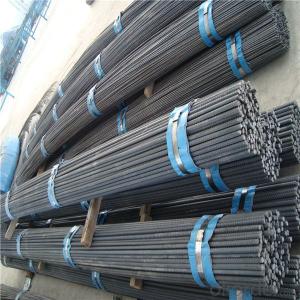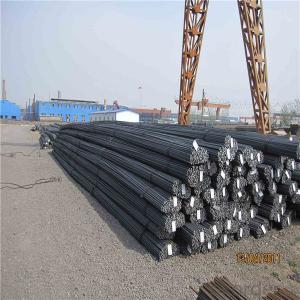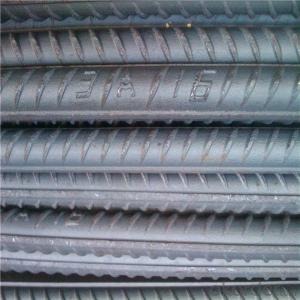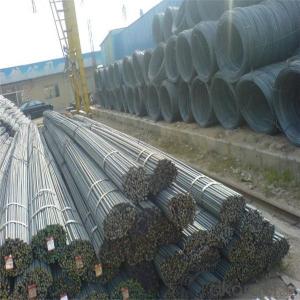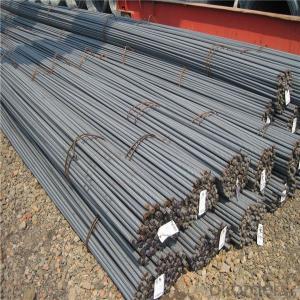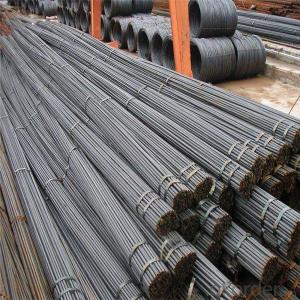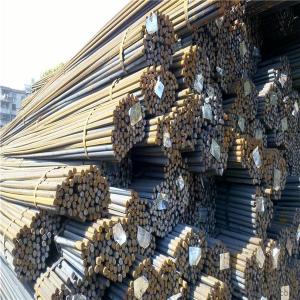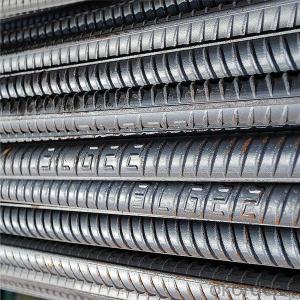Steel Deformed Bar
Steel Deformed Bar Related Searches
H S Code For Stainless Steel Surface Grinding Wheels For Hardened Steel Hole Saw For Stainless Steel Step Bit For Stainless Steel Transformers For Lights In Ceiling Led Lamps For Ceiling Stainless Steel Box With Lid Stainless Steel Bucket With Lid Ceiling Plate For Hanging Light Decorative Lights For CeilingHot Searches
Steel Mesh Panels For Sale Type Of Inverter For Solar Price Of Shipping Containers For Sale Types Of Inverter For Solar Aluminum Bar Stock For Sale Bags Of Cement For Sale Types Of Temporary Side Panels For Cement Deck Cost Of Awnings For Decks Type Of Scaffolding With Pdf Price Of Scrap Stainless Steel Price Of Stainless Steel Scrap Price Of Stainless Steel Galvanized Steel Scrap Price Type Of Stainless Steel Types Of Stainless Steel Grades Types Of Stainless Steel Aluminum Corp Of China Stock Types Of Scaffolding In Construction Pdf Stainless Steel Factory Stainless Steel TypeSteel Deformed Bar Supplier & Manufacturer from China
Okorder.com is a professional Steel Deformed Bar supplier & manufacturer, offers integrated one-stop services including real-time quoting and online cargo tracking. We are funded by CNBM Group, a Fortune 500 enterprise and the largest Steel Deformed Bar firm in China.Hot Products
FAQ
- No, steel rebars cannot be used in pre-stressed concrete construction. Pre-stressed concrete requires the use of high-strength steel cables or strands that are tensioned before the concrete is poured. This helps to counteract the expected tensile stresses and increase the overall strength and durability of the structure.
- Steel rebars help in reducing construction time in several ways: 1. Strength and durability: Steel rebars provide additional strength and durability to concrete structures, allowing for faster construction techniques. This means that builders can rely on the strength of rebars to support the weight of the structure, reducing the need for slower and more time-consuming construction methods. 2. Reinforcement: By reinforcing concrete with steel rebars, the overall structural integrity of the building is enhanced. This enables builders to use thinner concrete sections without compromising the strength of the structure. Thinner sections require less material and are quicker and easier to pour and cure, saving construction time. 3. Speed of installation: Steel rebars are easy to handle and install, which speeds up the construction process. They can be easily cut and bent to fit the desired shape and size, allowing for efficient installation. This eliminates the need for complex and time-consuming formwork, reducing construction time. 4. Flexibility: Steel rebars offer flexibility in design and construction, allowing for innovative and efficient building techniques. They can be used in various applications, such as beams, columns, and slabs, giving architects and engineers the freedom to design structures that can be constructed quickly and efficiently. 5. Resistance to natural disasters: Steel rebars provide added resistance to seismic activity and other natural disasters. By reinforcing concrete with rebars, structures become more resilient, reducing the risk of damage and accelerating the construction process. This is particularly important in areas prone to earthquakes or extreme weather conditions. Overall, steel rebars play a crucial role in reducing construction time by providing strength, durability, and flexibility. Their ease of installation, coupled with their ability to reinforce concrete structures, allows for faster construction methods and efficient use of materials.
- The effect of aging on the properties of steel rebars can have both positive and negative impacts. Over time, steel rebars undergo a process called aging, which involves gradual changes in their microstructure and mechanical properties. One of the primary effects of aging on steel rebars is the increase in strength and hardness. As the steel rebars age, the carbon atoms within the steel begin to form carbides, which leads to an increase in strength. This increased strength can be beneficial in structural applications, as it provides additional support and resistance to external forces and loads. However, aging can also have negative effects on steel rebars. As the rebars age, they become more susceptible to corrosion. The formation of carbides during aging can create localized areas of low carbon content, known as decarburization, which makes the rebars more prone to rust and corrosion. This can compromise the structural integrity of the rebars and reduce their lifespan. Furthermore, aging can lead to embrittlement of the steel rebars. As the rebars age, the microstructure undergoes changes that can result in increased brittleness and reduced ductility. This can make the rebars more prone to cracking and failure under certain conditions, such as when exposed to excessive loads or extreme temperatures. Overall, the effect of aging on the properties of steel rebars is a complex phenomenon that involves both positive and negative consequences. While aging can enhance the strength and hardness of the rebars, it also increases the risk of corrosion and embrittlement. Proper maintenance and monitoring are essential to mitigate the negative effects of aging and ensure the long-term performance and durability of steel rebars in structural applications.
- Why is round bar more expensive than thread steel?
- Round steel has a wide range of applications, many brands and different uses. Such as machining, shipbuilding and other user processing requirements are also different. Such as alloy round steel, Q345B, high carbon steel, 45#, 35#, general round Q235B, mainly material, ingredients, etc..
- Yes, steel rebars can be used in fire-resistant structures. Steel has a high melting point and retains its strength even at high temperatures. However, to enhance fire resistance, additional measures such as fireproof coatings or concrete encasement may be necessary.
- The lifespan of steel rebars in concrete structures can vary based on multiple factors. Typically, if the concrete is of good quality and maintained properly, rebars can endure for numerous decades. However, the corrosion process can be expedited by exposure to environmental conditions, including moisture, chemicals, and temperature fluctuations, resulting in a shorter lifespan. In regions with high humidity or close proximity to saltwater, rebars may corrode at a faster rate. Furthermore, inadequate concrete cover or improper placement of rebars, as a result of poor construction practices, can also impact their longevity. Regular maintenance and inspections can aid in identifying potential issues and prolonging the lifespan of steel rebars in concrete structures.
- Steel rebars are connected to each other in construction through a process called rebar splicing, which involves overlapping the rebars and then connecting them using mechanical splices or by welding them together. This ensures a strong and secure connection that enhances the structural integrity of the construction project.















